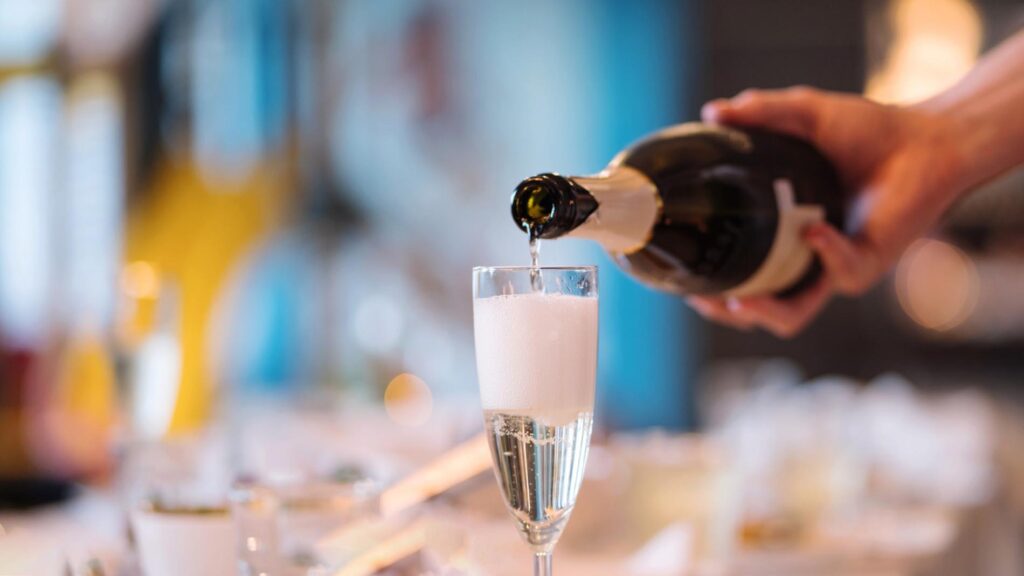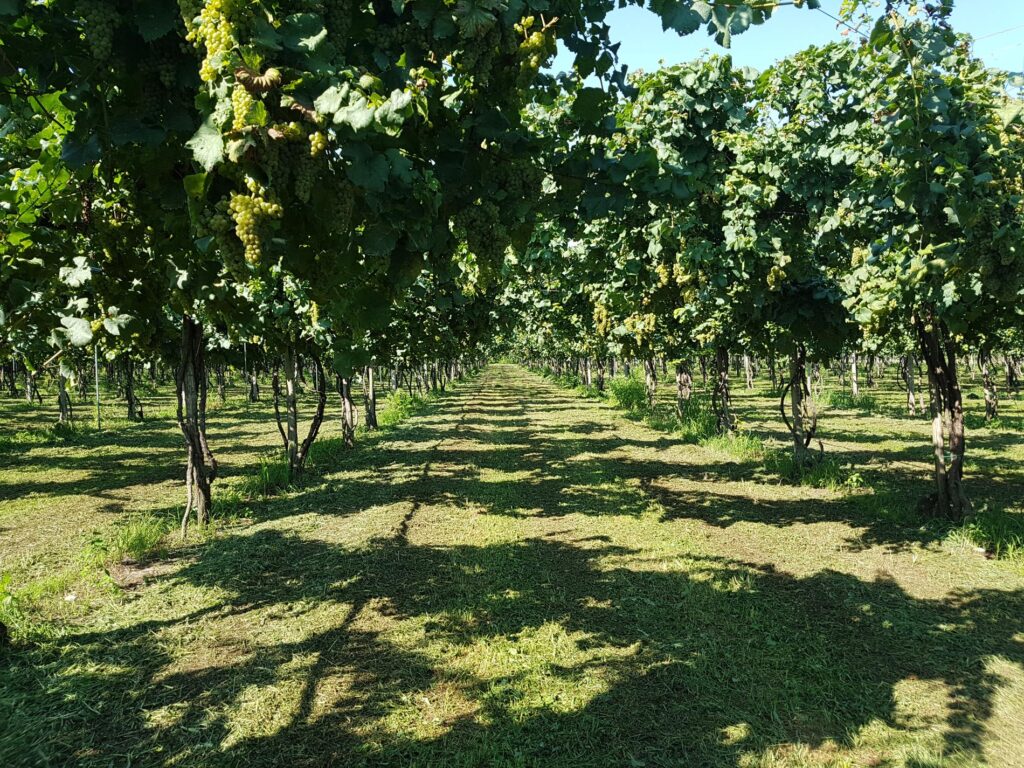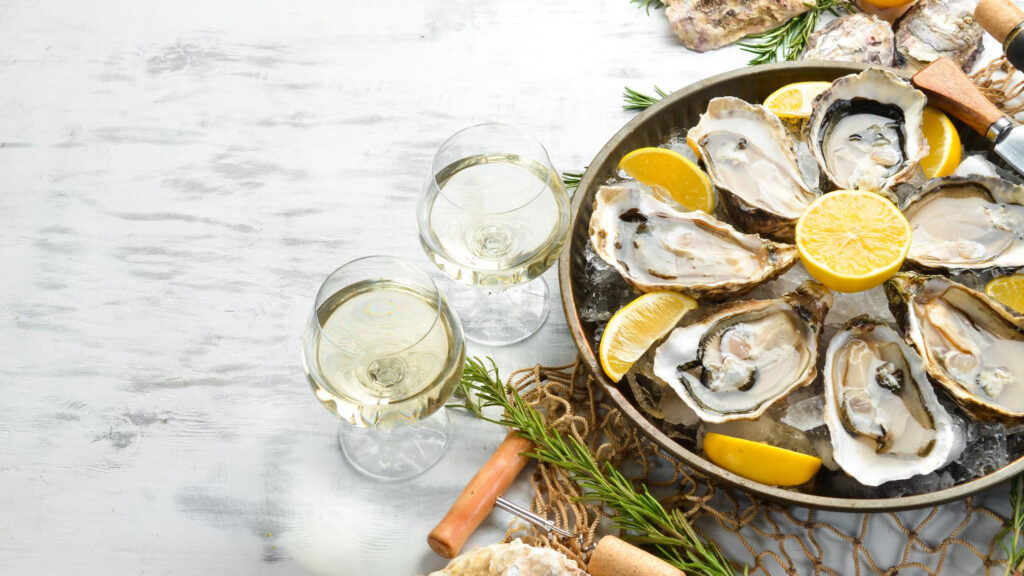The perfect addition to a meal
Known and renowned as the perfect wine for an aperitif, Prosecco DOC – especially the brut version – also lends itself to be consumed at meal times. Particularly indicated for appetizers, pasta and rice dishes, and second courses based on fish, prosecco is often enjoyed throughout an entire lunch or dinner in the Italian region of Veneto. And it is precisely an organic brut Prosecco DOC, obtained through the re-fermentation autoclave method using selected yeasts and at a controlled temperature, that is simply perfect for accompanying meals thanks to its soft bubbles and fresh and delicate aroma.
How is prosecco made?
The bubbles in a Prosecco DOC are formed in the autoclave, used according to the Martinotti-Charmat method. This method, invented at the start of the twentieth century, is based on the fermentation of the wine in an autoclave – the large pressurised containers resembling stainless-steel silos seen in the wineries across a large swathe of Veneto. Indeed, it is in these structures, used at a controlled temperature, that carbon dioxide becomes trapped within the wine. It is this vinification process, which permits the extraction of aromas and flavours over a much shorter period of time compared with the classic vinification method, together with the choice of particularly aromatic grape varieties like Glera that gives rise to fresh and aromatic wines like prosecco.
Extra Dry or Brut? Which prosecco should one choose?
The main difference between the two versions of Prosecco DOC lies in the refermentation process, which determines the sugar level and, by consequence, the sweetness of a wine. The refermentation of a Brut stops when the residual sugar level is less than 12 g/L, while in an Extra Dry it may be as high as 17 g/L. Thus, it is the residual sugar that defines how sweet a wine tastes. In addition to their specific characteristics on the taste level, the two versions of prosecco also differ in colour: the Brut is typically a pale straw-yellow, whereas the Extra Dry is a slightly more accentuated straw-yellow.








